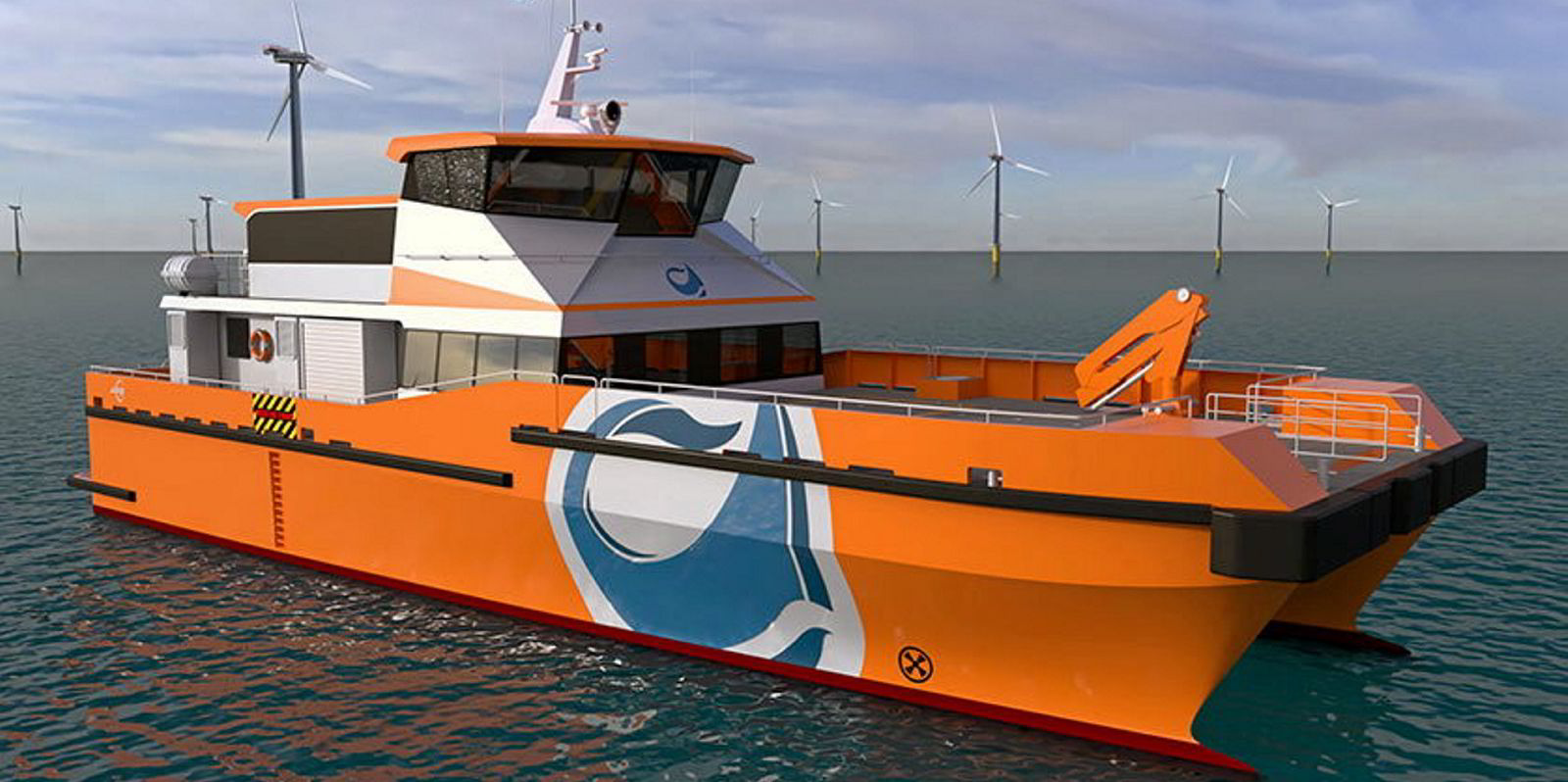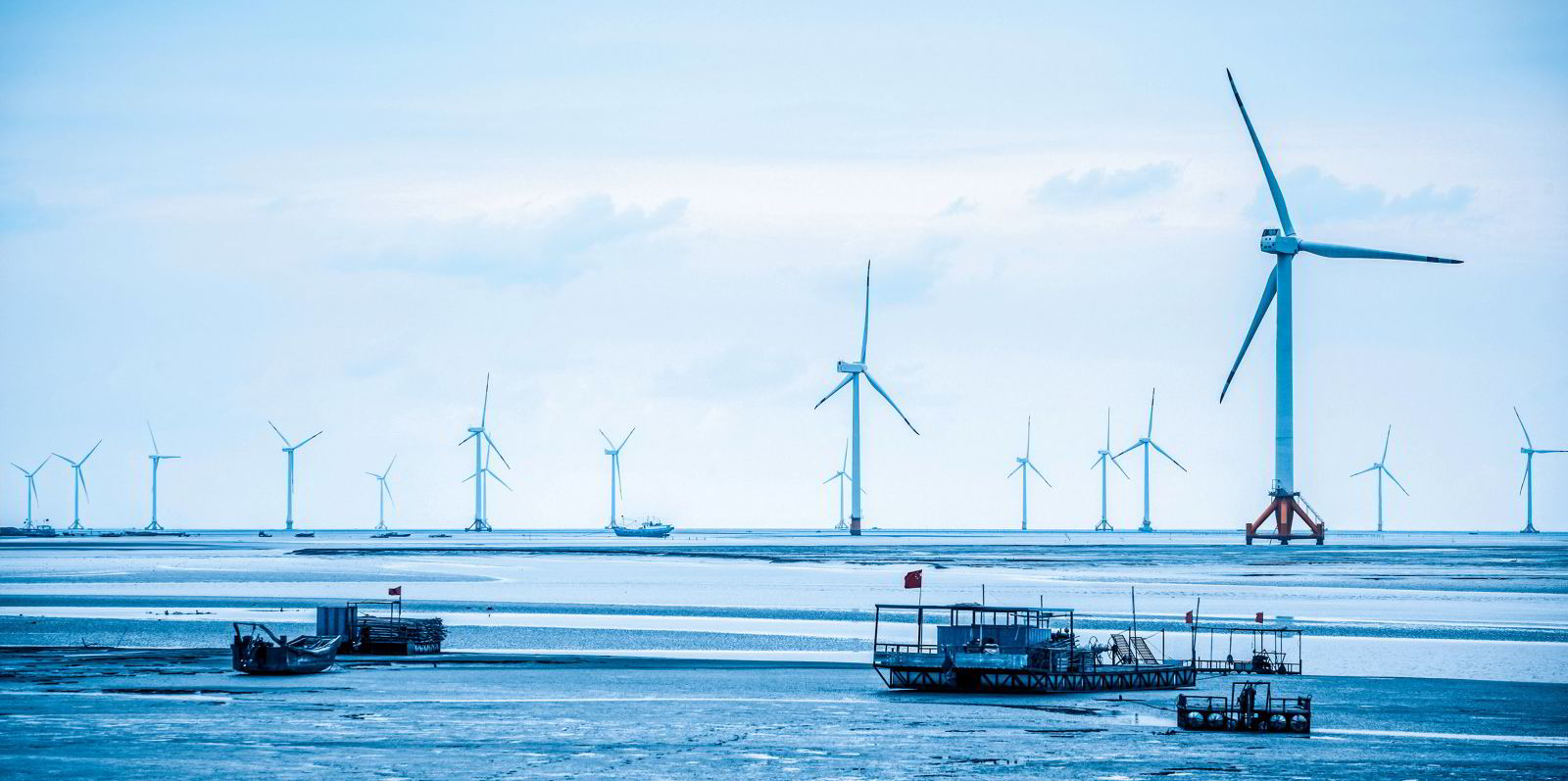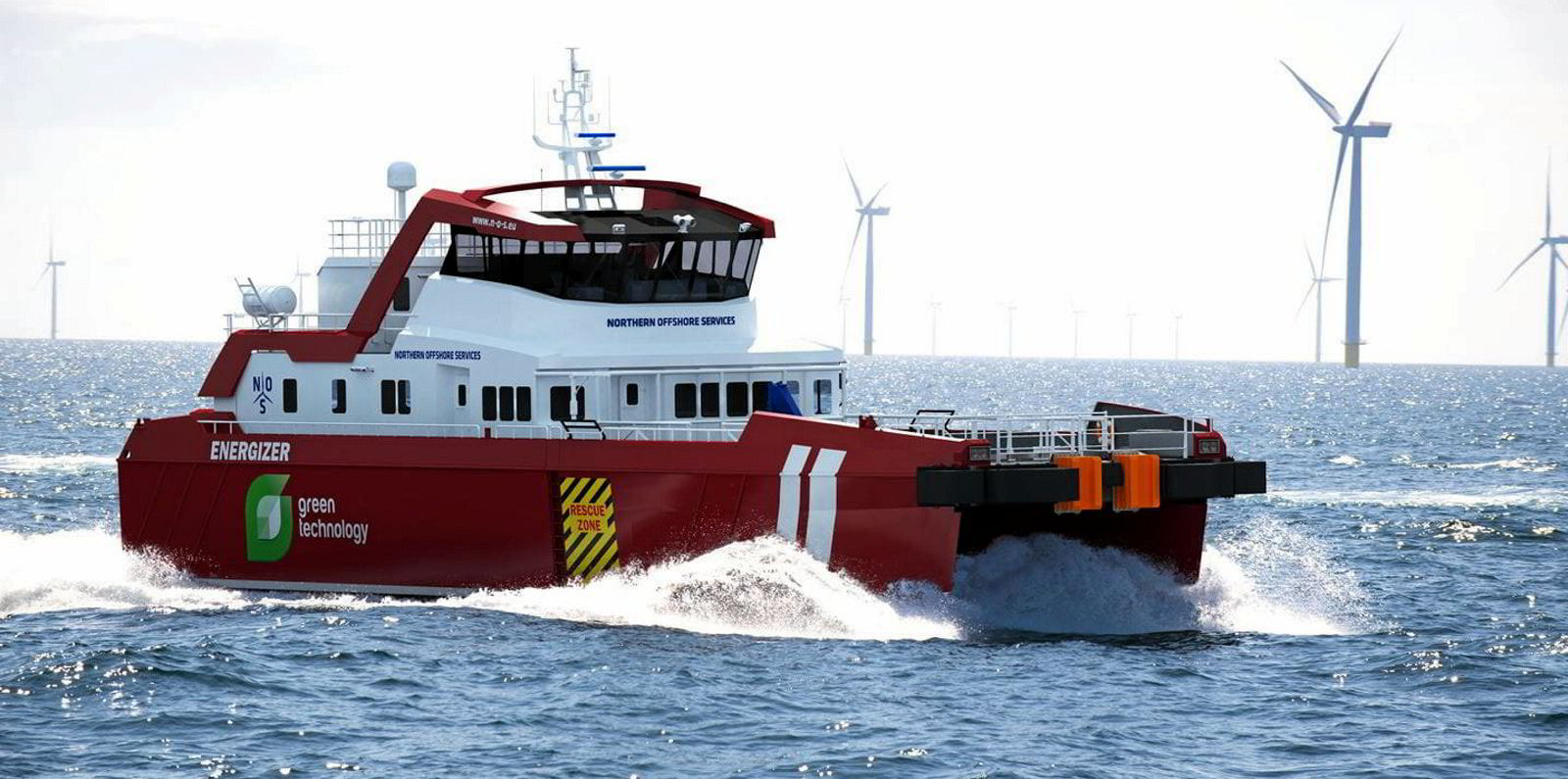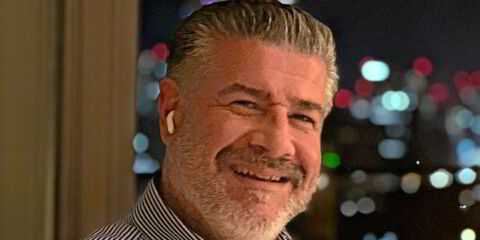China’s Afai Southern Shipyard has begun building China’s first purpose-built catamaran crew transfer vessel (CTV), according to ship designer Incat Crowther.
To be operated by Goldsea Marine & Offshore Engineering (Shanghai) Co, the vessel will support China’s growing offshore wind-farm sector.
“The Incat Crowther 32 will represent a step-change in vessel capability in the area, offering stability, performance and functionality unmatched by vessels currently serving the industry,” the Australian company said.
Incat Crowther has collaborated with the operator to develop a bespoke design, based on a semi-SWATH platform to offer stability in big seas and a comfortable ride for personnel.
The design company said the vessel will be propelled with controllable-pitch propellers offering “excellent fuel economy” and 20 tonne bollard pull.
The ship will be powered by twin MAN D2862LE466 main engines, each producing 1,029 kW. It will have a service speed of 20 knots, with a maximum speed in excess of 25 knots.
Incat Crowther said the foredeck offers “enormous loading flexibility” with twist-lock container securing, cargo tie-down points and a deck crane capable of two tonnes at 10 metre reach.
The company claims its “resilient bow technology” will minimise impact loads at the wind turbine boat landings and reduces onboard accelerations.
“This combined with the high bollard pull will provide a transfer wave height in excess of two metres,” Incat Crowther said.
Afai South Shipyard has just recently delivered the second of two high-specification CTVs to Esbjerg-based shipping company MHO-Co.
The MHO Asgard and the MHO Apollo, which were also design by Incat Crowther, are the first hybrid CTVs in operation with extensive zero-emission capability.

The vessel design allows the use of fuel-cell technology, once suitable storage for the fuel types such as hydrogen or methanol has been developed for use on board.
MHO-Co’s vessels feature a diesel mechanical and a diesel electric inboard performance system driveline set-up in both hulls, in what has been billed as a "world’s first".
The diesel electrical drivelines can also be powered from the large onboard rechargeable battery pack during the night and slow steaming.





